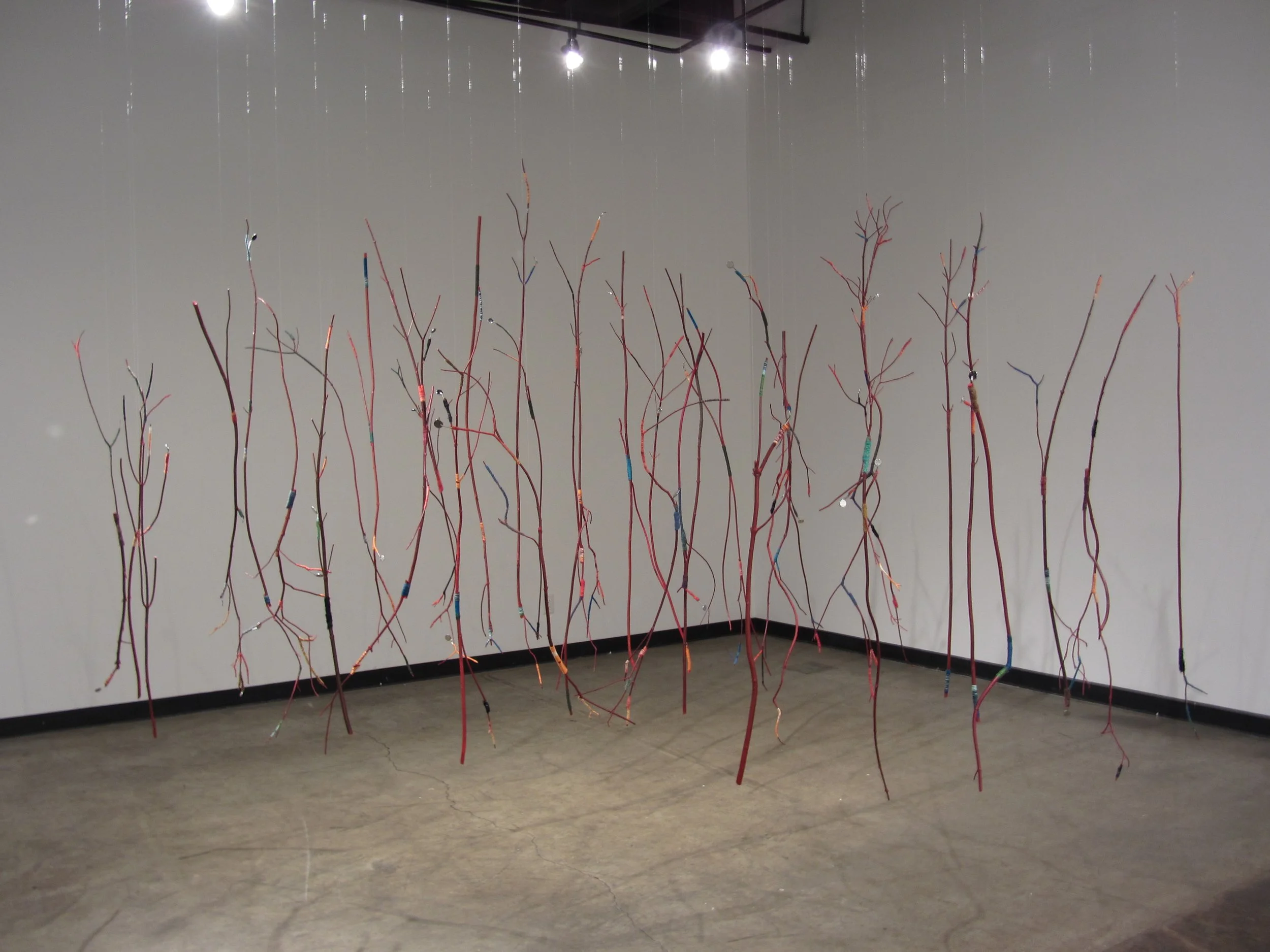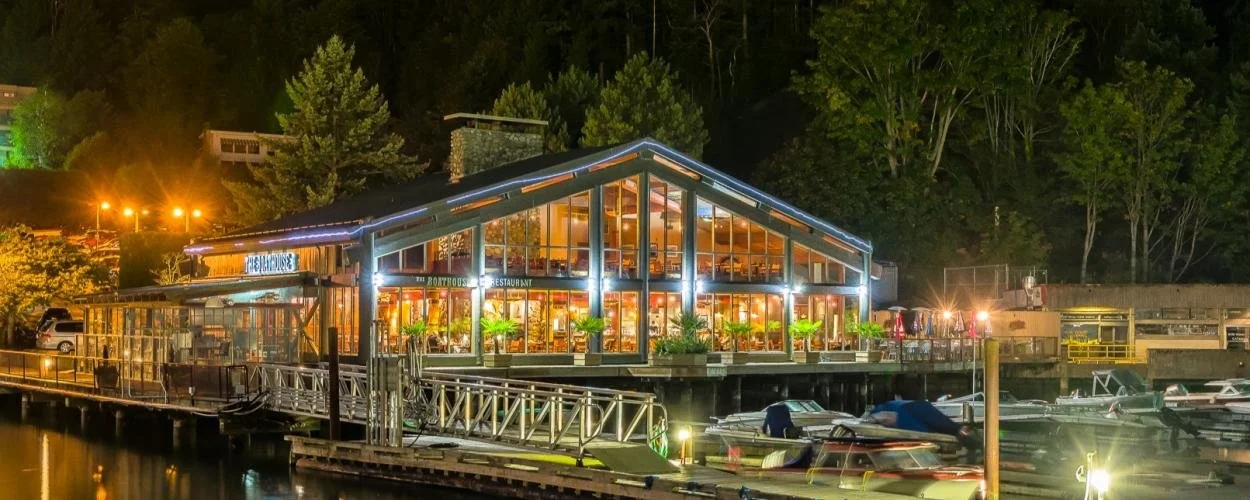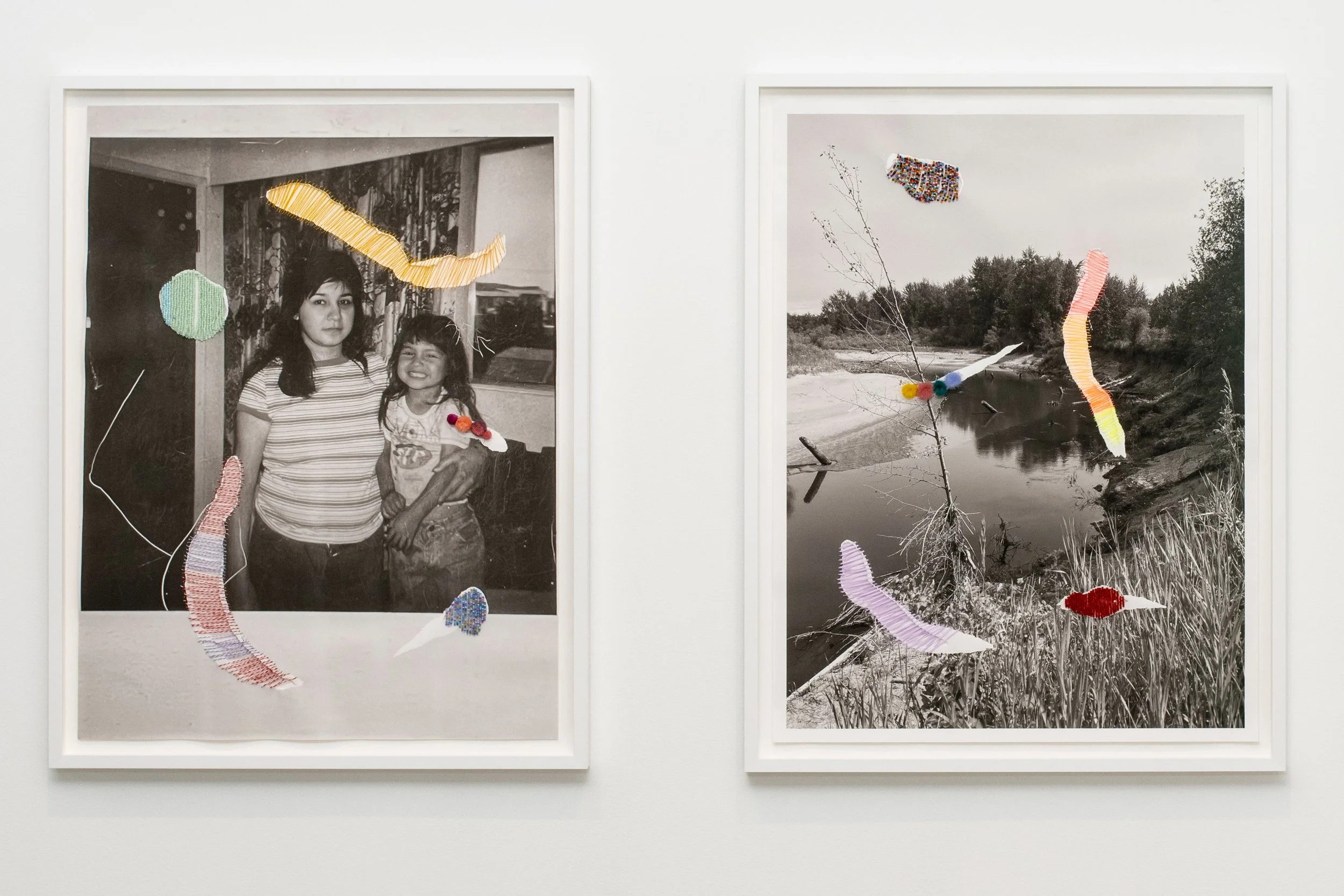Complex links between mind and nature fill A Tangled Thicket at Surrey Art Gallery
Z·inc Artist Collective brings deep curiosity and personal experience to meditations on networks that sustain and adapt
Willa Downing, Connectome, 2025.
Cora Li-Leger, my starry night (detail), 2019–2024.
A Tangled Thicket shows at the Surrey Art Gallery to June 8
THE FOUR MEMBERS OF SURREY’S Z·inc Artist Collective connect around their love of community, craft, and ecological consciousness. In A Tangled Thicket, now on view at the Surrey Art Gallery, they explore the relationship between nature and the human mind through painting, drawing, sculpture, textile, and interactive installations.
Z·inc Artist Collective is currently composed of Cora Li-Leger, Willa Downing, Claire Moore, and Lesley Garratt. Founded in 2011, the collective began as a monthly “Day of Drawing” group, and later ventured into hosting pop-up exhibitions in the Surrey and White Rock communities. Since 2013, Z·inc has discovered creative ways of hosting exhibitions in public spaces, including the back of a U-Haul and the intertidal zone at Crescent Beach.
“It’s been a constant search for alternative spaces to show,” Cora Li-Leger says in a Zoom interview between Z·inc and Stir. “There’s a lack of spaces for artists to show their work in Surrey, especially alternative spaces. So we came up with this idea—anything below the high tide line is federal jurisdiction. So if we planted a whole lot of sculptures below the high tide zone, the municipality couldn’t invoke any bylaw against us.”
That resulted in an exhibition of mannequin torsos, each transformed by the artists and then placed below the high tide mark one Sunday by Crescent Beach. “No one had really checked the tides or the height of the tides, and a tide came in quite fast and quite high, and a lot of them fell over and sort of disappeared underwater,” Li-Leger relates. “They had to be rescued.
“It wasn’t part of the plan, but it kind of made for some interesting photographs and it was great fun,” Li-Leger continues with a chuckle. “One of the bystanders that came to see it decided that he could rescue the mannequins. And he kind of whips off his long pants and he jumps into the water, swimming after this mannequin that he's carrying valiantly back to the shore.”
In A Tangled Thicket, Z·inc has the opportunity to expand upon their exhibition-building practice in a more conventional space at the Surrey Art Gallery. The show invites the viewer to step into a world of complexity and beauty by examining relationships in the natural world through the lenses of ontology, ecology, and neuroscience, citing influences such as neuroscientist and artist Santiago Ramón y Cajal, ecologist Suzanne Simard, and local poet and author Aislinn Hunter. The pieces in the show reflect the distinct approach each artist takes to the subject matter, from a rich perspective of decades of personal experience and study.
“My connection to the theme of neurology came about quite personally, as my late husband, who was one of the founding members of Z·inc, died of a brain tumour six years ago,” Li-Leger says. “As he was dying, he wanted to make sure that I kept working on my art. And I said to him that I was wanting to make a project about his brain tumour, and he got really excited.”
The result was Li-Leger’s my starry night, a quilt stitched from fragments of her late husband’s shirts and embroidered with depictions of astrocytes, star-shaped cells found in the brain and spinal cord.
Elsewhere, Willa Downing was drawn to themes of neurology primarily through an academic lens. Downing holds a PhD in biochemistry from UBC, as well as a diploma in painting and drawing from Emily Carr University of Art and Design.
“Decades ago, I was leafing through a biochemistry textbook, and I came across a reproduction of a Cajal drawing, and it was just beautiful,” Downing says. “In the last few years I've been interested in looking at patterns that are repeated throughout nature. You see branches and roots that look similar, patterns and rivers and neurons and arteries—even the internet. If you look at schematic drawings of the internet, it’s a network.”
Inspired by these structures, Downing created the sculptural work Connectome for the exhibition.
“Connectome represents the complete set of neurons in someone’s brain,” Downing explains. “I used twigs, which are branching structures to represent the neurons, and they're connected by yarn wrapped around pieces of twig to extend them. I also added dental mirrors, small mirrors that can reflect light, that remind me of the firing of neurons at a synapsis. The yarn represents an installation for neurons, which would be the myelin sheath. And I hang these structures in a grid-like formation from the ceiling with fishing line.”
Where Downing’s work is practical and methodical, Claire Moore prefers to take a more abstract approach, focusing on the nuances of human and ecological relationships.
“I’m interested in broadening my understanding of ecosystems,” Moore says. “Years ago, my knowledge was pretty small, and often focused on ecological niches, but I’m beginning to think of ecosystems as much broader structures, like social networks, and how relationships work across so many species and are dependent on each other.
“I’m interested in how those relationships evolve, and how it is evolving to accommodate things like plastic,” she continues. “There are organisms that are evolving to metabolize plastic and I’m curious to observe what that means for the ecosystem. I’m interested in the hybridity and evolution of things, and speculating as to what things could look like over time with interference and connection.”
Claire Moore, Illuminated Pods (detail), 2025.
Lesley Garratt, I Followed the Advice of Water, 2019.
Moore’s curiosity about human and ecological relationships is reflected in works such as Illuminated Pods, which fuse together natural and synthetic materials, from paper to plastic to filament lights, into a sculptural work suggestive of an alien, cybernetic organism.
That hybridity ties into the themes of Leslie Garratt, the fourth member of the group, who wasn't able to join the interview. “She has a lot of work which looks at the tie between the human and the whole rest of what exists in the world,” Moore adds. “We’re just part of the big soup.”
The exhibition features Garratt’s complex and flowing conte-on-vellum paintings, such as the panel series I Followed the Advice of Water.
“I hope that people might walk away from this exhibition with a sense of wonder,” Moore concludes. “That there is all of this interconnection out there. It would be great if their curiosities could be somehow awakened or touched by anything that’s in there.”
“I think our work has that feeling of the material,” Downing adds. “We’re not high-tech, we're very analogue. I think people like to look at the world through that physical lens, that there is a world out there that you can touch and feel, and be inspired by that.”
“Certainly, we’re in this privileged position of having made art for multiple decades,” Li-Leger notes. “And so there’s something rather lovely about being able to pull work from maybe five or ten years ago and have it still fit in our progression as artists. And that has come as a surprise to me, that resonance between us. It’s very lovely to have this privilege of age to be able to look back at things over more than one decade.” ![]()



























